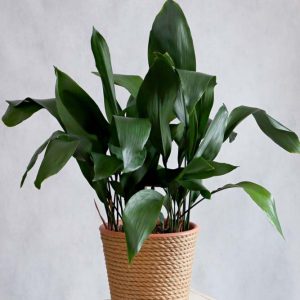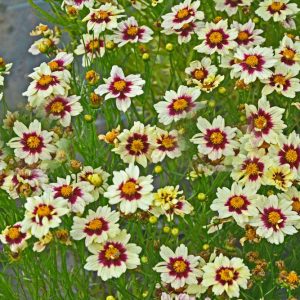Description
Viola – Violet – Heartsease – Pansy – Erpetion –
There are about 400-500 species of annuals, biennials, evergreen, semi evergreen, and deciduous perennial (some rhizomatous), and a few deciduous sub shrubs, within the Violacea family make up this genus. They occur naturally in varied habitats worldwide, with the greatest concentrations of species in North America, The Andes, and Japan. They have variable, smooth edged, usually kidney to heart shaped leaves with stipules. Some species are rosette forming and are very similar to Sempervivums. The mostly unscented flowers, are usually solitary, rarely paired. Each flowers has 5 petals: a lower petal sometimes with a spur, two side petals, and two upward facing upper petals. Most flower profusely over long periods in summer. And may self-seed freely and become a nuisance.
Many cultivars within the genus are informally referred to as garden pansies, violas, or violetta, they are a result of complex hybridization. Garden pansies (V. x wittrockiana cultivars) are short lived perennials, with faintly scented or unscented, more or less rounded flowers often with patterned “faces”. Violas, sometimes referred to as tufted pansies, are compact, tufted perennials with usually scented, more or less rounded, often patterned flowers with rays (lines in a deeper or contrasting color). Violettas are similar to violas, but are even more compact, with small, sweetly fragrant, oval flowers, each with a central yellow mark and no rays.
The perennials and subshrubs are suitable for a rock garden, a scree bed, or the front of a border. Treat garden pansies as annuals, biennials, or short lived perennials. They are good for containers, some are suitable for bedding. Others are winter or spring flowering, and are ideal for planting with spring flowering bulbs.
Grow in fertile, humus rich, moist but well drained soil in full sun or partial shade. In a rock garden grow in poor to moderately fertile, gritty, sharply drained soil in full sun or partial shade, protect from winter moisture. Divide perennial species in autumn or spring.
Prone to mosaic viruses, downy mildew, powdery mildew, crown rot, root rot, rust, gray mold (botrytis), spot anthracnose, and other fungal leaf spot, slugs and snails, aphids, and violet leaf midge.
Viola oblique – Viola cucullata – Marsh Blue Violet – This rhizomatous, deciduous perennial from North America grows 3” tall and 10” wide. It produces heart shaped, toothed leaves, to 3 ½” long. In late spring, it bears solitary, blue-violet flowers, to ¾” across, with short spurs, to 1/16” long. Occasionally produces white flowers with blue eyes and blue veins.
Zones 4-9





